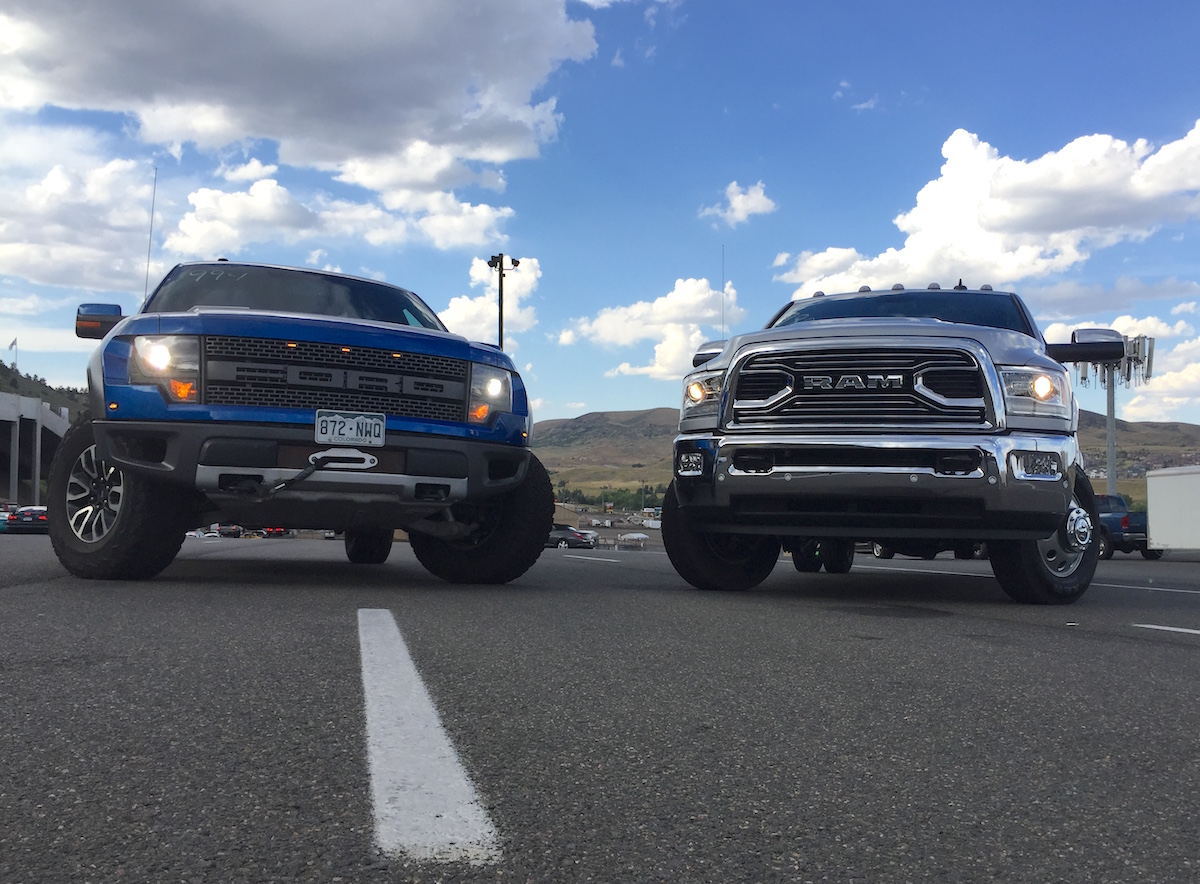
The current Chevrolet Colorado and GMC Canyon midsize twins have been around for a few years now, and their replacements are on the horizon. Before that, we will see updated versions of both trucks once GM reboots its production at its Wentzville, Missouri plant. Past that, though, there’s one key detail for the new models, set to head into production by 2023.
There will be no diesel engine option, and the old 3.6-liter V-6 engine will be gone. The base 2.5-liter engine found solely in two-wheel drive base and work truck trims will also depart after this generation.
Instead, according to Muscle Cars & Trucks, GM is forging ahead with its 2.7-liter four-cylinder gas engine. It’s the same powertrain found in the current Silverado and GMC Sierra half-tons. The engine mates up to a 10-speed automatic transmission, and would offer quite a bit of grunt for a midsize truck.
That 2.7-liter doesn’t produce much more power than the outgoing V-6. However, it does produce substantially more torque. In its half-ton application, the 2.7-liter turbo manages 310 horsepower and 348 lb-ft of torque (to the 3.6-liter V-6’s 275 lb-ft). That’s also substantially more than the diesel’s 181 horespower, though the gas engine doesn’t quite match the diesel’s 369 lb-ft of torque. Mind you, the diesel currently mates up to a six-speed automatic, so the upgrade would change how the truck manages what is still a substantial amount of torque from a small engine.

Ranger be damned
There are two reasons GM would want to fit that 2.7-liter engine into the Colorado and Canyon. The first is that you all have been asking for it, and it’s a logical choice given that it’s a four-cylinder engine slotted into a midsize truck. Arguably, it makes more sense here than it does in the half-ton trucks, where a wide range of buyers still go for the V-8 options or the 3.0-liter Duramax diesel.
However, another huge reason to drop all other engines for the 2.7-liter is the Ford Ranger. The Ranger’s 2.3-liter EcoBoost manages 270 horsepower and 310 lb-ft of torque, again mated to a 10-speed automatic transmission Ford co-developed with General Motors. A new Colorado and Canyon with this engine would easily outmuscle their Blue Oval competitor. Fortunately, Ford did recently address the Ranger’s performance with an $825 engine reflash tool.

Why cut the diesel?
While the 2.7-liter turbo gas engine is likely going to be a much-needed upgrade, it will be a sad moment for diesel enthusiasts. In short, it looks like you should buy the current generation baby Duramax if you want one at all, whether you want it in the ZR2 or you’re just looking for the added fuel economy.
Several economic factors could also be driving GM’s decision to kill the 2.8-liter Duramax off. The company is working to shore up cash and cut costs where it can in the wake of the COVID-19 pandemic. One way to do that would be to streamline powertrains, and the recently launched 2.7-liter turbo engine means the Colorado and Canyon have a new powertrain (to that lineup, at least) without GM having to develop an entirely new engine.
Despite being an efficient engine, some could also argue that there’s too little distinction among buyers between the “baby” Duramax in the Colorado and the 3.0-liter straight-six engine in the Silverado. Here, GM is offering a much more powerful gas engine that offers nearly the same amount of torque, while giving more incentive to buy its newer 3.0-liter Duramax engine if you still want to buy a diesel, whatever the reason.
Let us know what you think about this piece of news in the comments below. Stay tuned for more Chevy Colorado and GMC Canyon updates!
















![Which is More Reliable: 3.5L EcoBoost or 5.0L V8? [Reader Question] Second-generation 3.5-liter EcoBoost engine](https://tfltruck.com/wp-content/uploads/2016/05/Second-generation-35-liter-EcoBoost-engine.jpg)
![Which Silverado Engine to Get: 5.3L or 6.2L V8? [Ask TFLTruck] 2016 chevy silverado](https://tfltruck.com/wp-content/uploads/2015/10/2016-chevy-silverado-grille.jpg)
